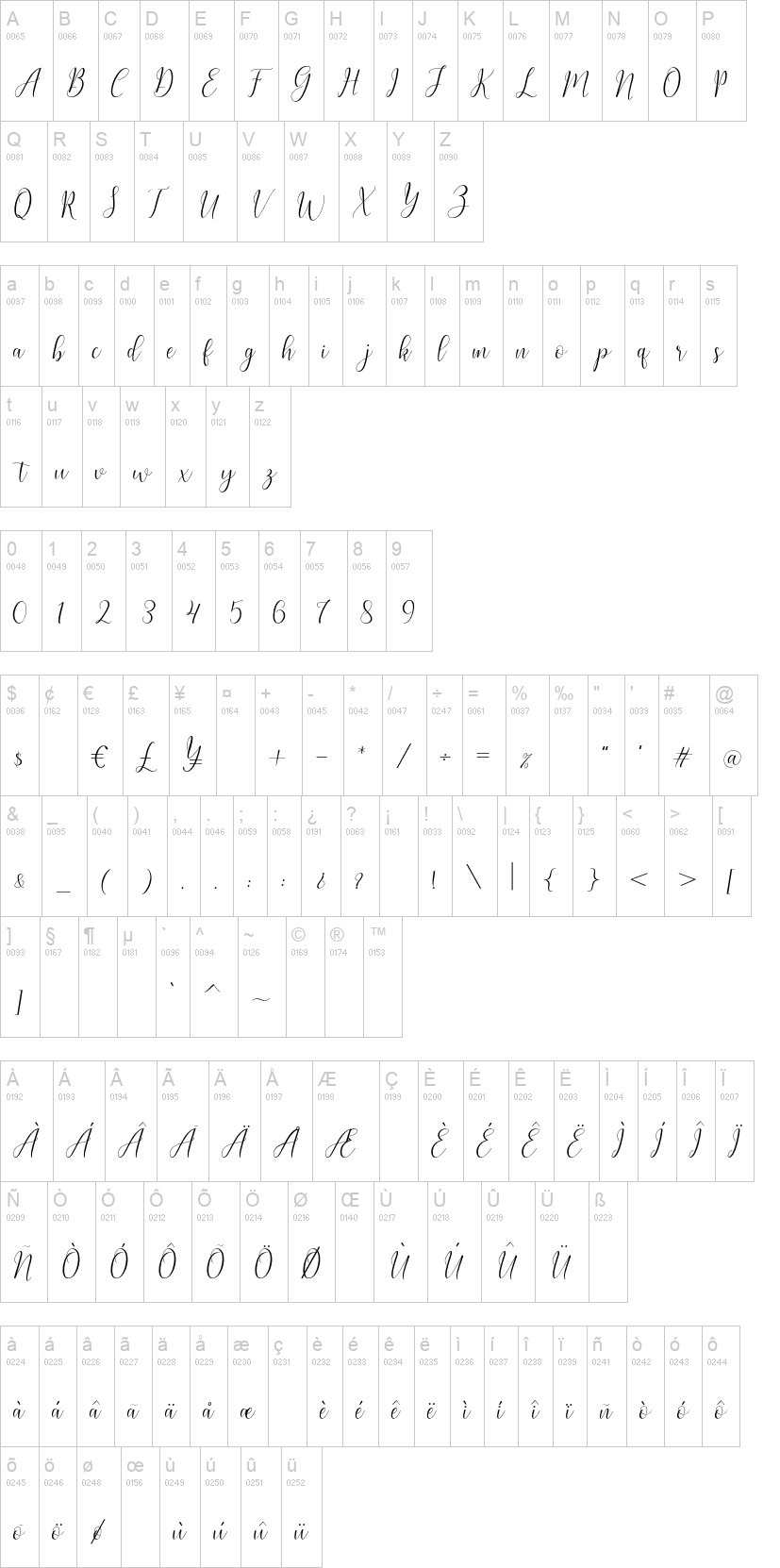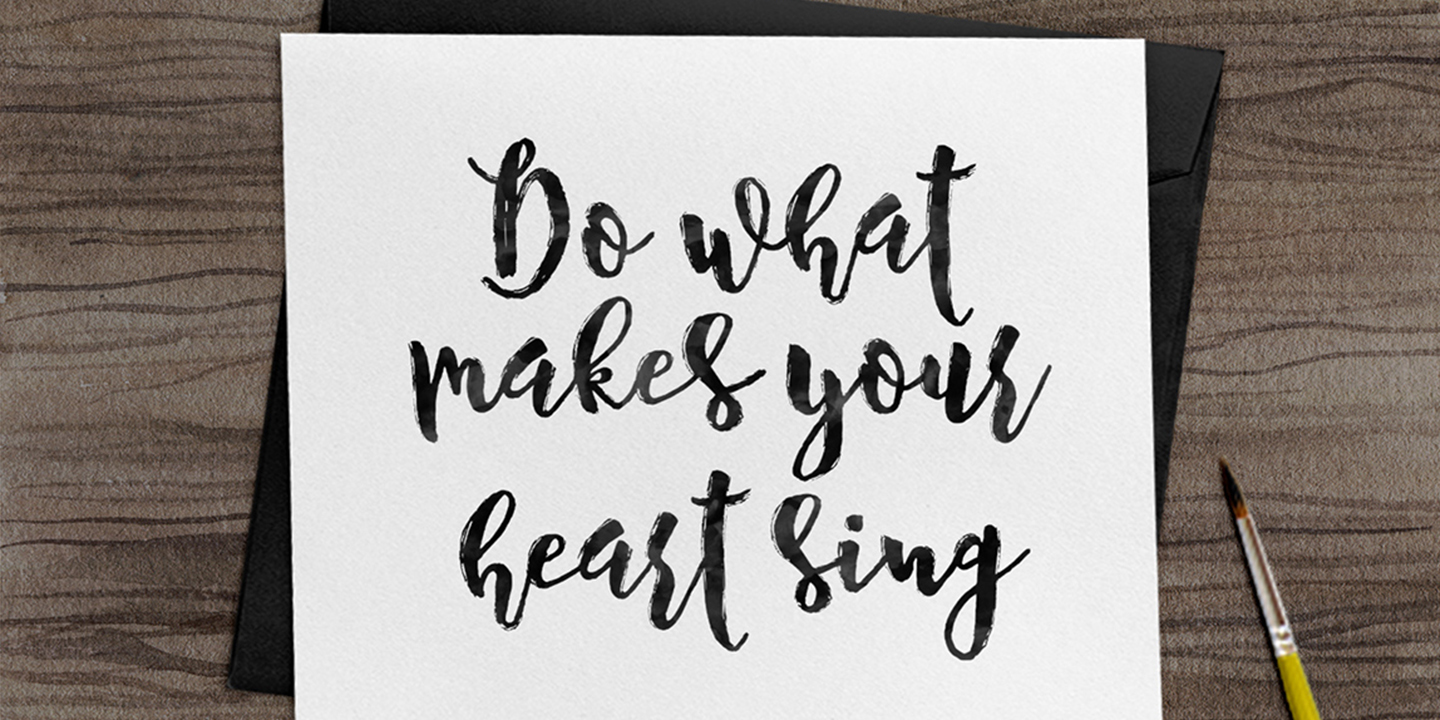


Despite its age, Garamond remains a popular and timeless font that is widely used in print and digital media. Today, the Garamond name is associated with a number of different typefaces, each with its own unique characteristics and design elements. Garamond’s typefaces were highly regarded for their clarity, elegance, and legibility, and they became popular throughout Europe. The font is named after the French engraver Claude Garamond, who created some of the most beautiful and influential typefaces of the 16th century. Garamond Garamond Font is a classic serif font with a long and storied history. The typeface was an immediate success and quickly gained popularity throughout Europe. Baskerville was designed in 1757 and first appeared in a book titled “Virgil” that Baskerville printed himself. Baskerville was a prolific printer, typographer, and typeface designer, who was known for his high standards of craftsmanship and attention to detail.

NOSTALGIC FONTS DOWNLOAD
See also Metropolis Font Free Download Baskerville Baskerville Font is a serif typeface that was designed by John Baskerville in the mid-18th century. Today, retro Retro Fonts continue to be popular in design, advertising, and branding, as they evoke a sense of nostalgia and can add personality and character to a project. In the 1970s and 80s, designers were inspired by the psychedelic and disco movements, creating typefaces with bold, exaggerated letterforms and vibrant colors. This era saw the rise of mid-century modern design and iconic typefaces such as Garamond and Baskerville. In the mid-20th century, designers began to experiment with new printing technologies and created bold, playful typefaces that reflected the optimism and consumer culture of the time. This era also saw the rise of sans-serif typefaces, such as Futura and Helvetica, which are still popular today. In the 1920s and 30s, the Art Deco style became popular, characterized by its bold, geometric shapes and streamlined designs. The Art Nouveau movement, which emerged in the late 1800s, was one of the first to introduce ornate, curvilinear letterforms that were inspired by nature. In the 19th century, the Industrial Revolution led to the mass production of printed materials, and typeface designers began experimenting with new styles and techniques. Retro Fonts have a rich history that dates back to the early days of typography.


 0 kommentar(er)
0 kommentar(er)
